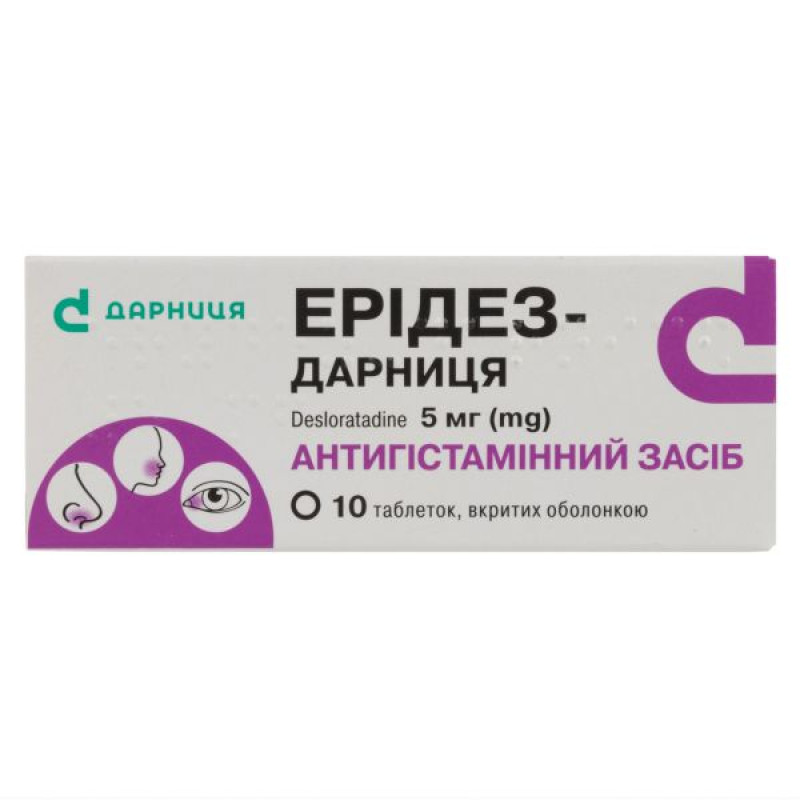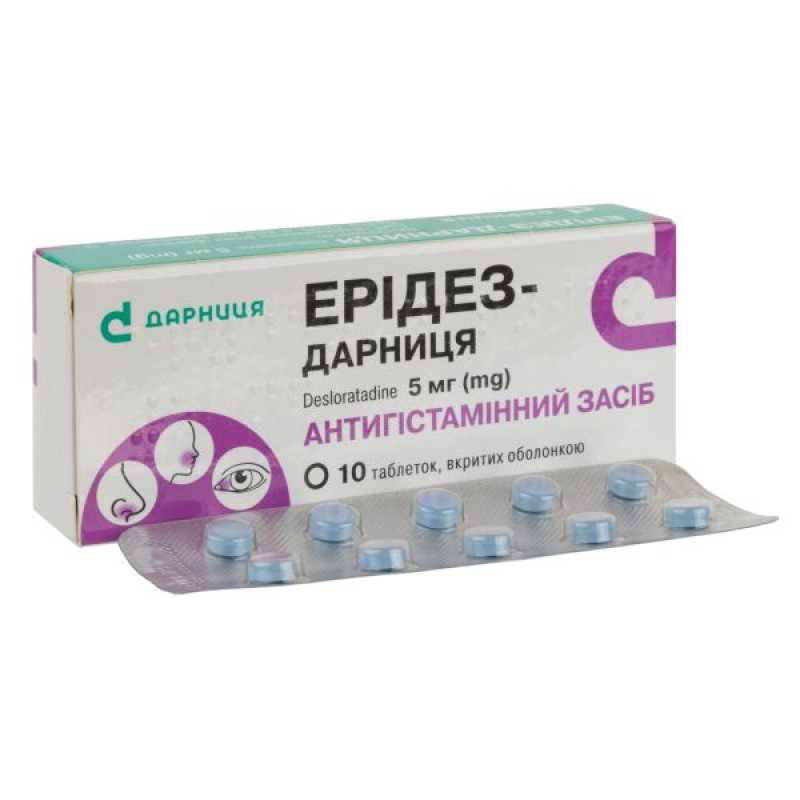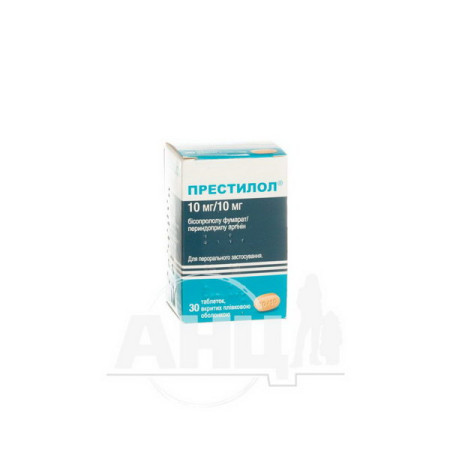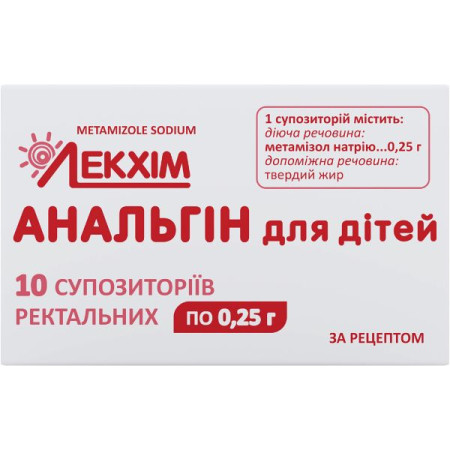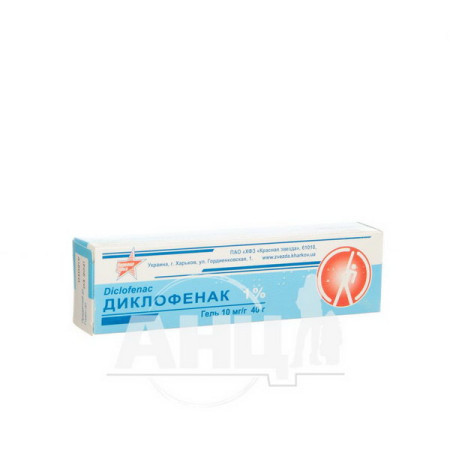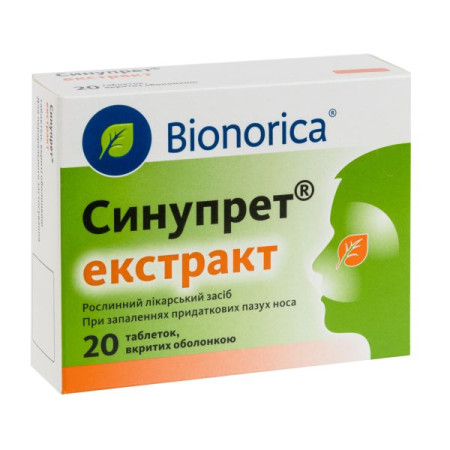Erides-Darnitsa film-coated tablets 5 mg No. 10
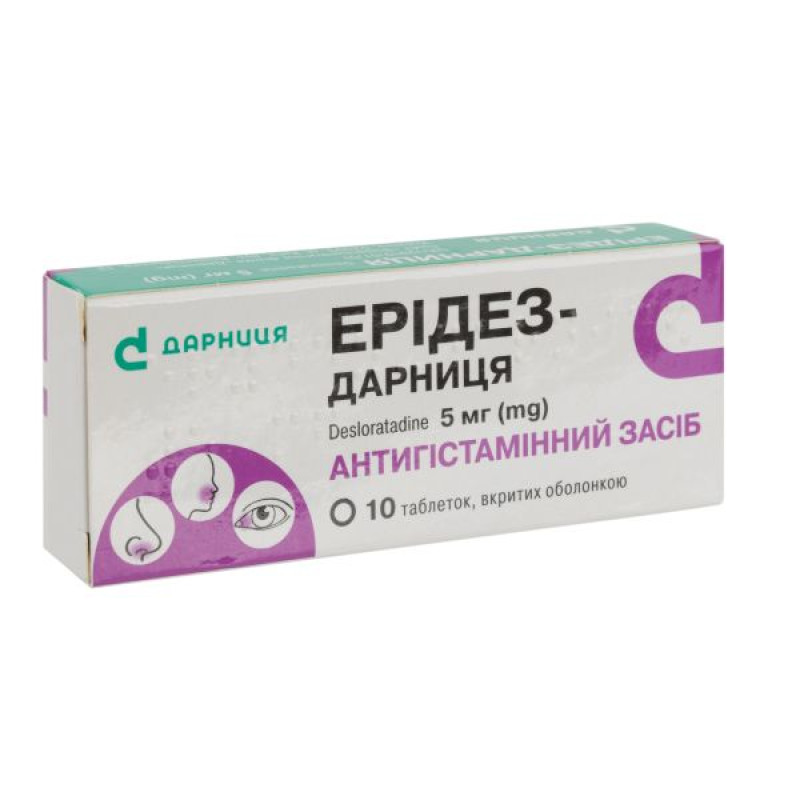
Instructions for Eridez-Darnitsa film-coated tablets 5 mg No. 10
Composition
active ingredient: desloratadine;
1 tablet contains desloratadine 5 mg;
excipients: calcium hydrogen phosphate, microcrystalline cellulose, lactose monohydrate, corn starch, magnesium stearate, Opadry 85 F blue.
Dosage form
Film-coated tablets.
Main physicochemical properties: film-coated tablets, round in shape with a biconvex surface, blue in color.
Pharmacotherapeutic group
Antihistamines for systemic use. ATX code R06A X27.
Pharmacological properties
Pharmacodynamics
Desloratadine is a selective, non-sedating blocker of peripheral histamine H1 receptors. Desloratadine is the primary active metabolite of loratadine. After oral administration, desloratadine selectively blocks peripheral histamine H1 receptors and does not cross the blood-brain barrier.
In addition to its antihistamine activity, desloratadine has antiallergic and anti-inflammatory effects. Desloratadine has been shown to inhibit a cascade of reactions underlying allergic inflammation, including the release of pro-inflammatory cytokines such as IL-4, IL-6, IL-8, and IL-13 from human mast cells/basophils, and the inhibition of the expression of adhesion molecules such as P-selectin. The clinical significance of these observations remains to be confirmed.
In high-dose clinical studies in which desloratadine was administered daily at a dose of up to 20 mg for 14 days, no statistically significant changes in the cardiovascular system were observed. In a clinical pharmacology study with the use of 45 mg per day (10 times the maximum daily clinical dose) for 10 days, no prolongation of the QT interval was observed.
In patients with allergic rhinitis, desloratadine effectively relieved symptoms such as sneezing, nasal discharge and itching, as well as eye irritation, tearing and redness, and itching of the palate. Desloratadine effectively controlled symptoms for 24 hours.
Desloratadine has little or no penetration into the central nervous system. In controlled clinical trials, the incidence of somnolence at the recommended dose of 5 mg/day did not differ from that observed with placebo.
Desloratadine does not penetrate the blood-brain barrier and does not affect psychomotor function when taken in doses up to 7.5 mg.
Desloratadine effectively alleviates the severity of seasonal allergic rhinitis as measured by the Rhinoconjunctivitis Quality of Life Questionnaire. The greatest improvement was observed in the questionnaire items related to practical problems and daily activities that were limited by symptoms.
Chronic idiopathic urticaria has been studied in a clinical model of urticaria conditions. Since histamine release is a causal factor in all forms of urticaria, desloratadine is expected to be effective in relieving symptoms in forms of urticaria other than chronic idiopathic urticaria.
In two placebo-controlled 6-week studies in patients with chronic idiopathic urticaria, desloratadine was effective in relieving pruritus and reducing the number and size of hives by the end of the first dosing interval. In each study, the effect was maintained throughout the 24-hour dosing interval. Itch relief of more than 50% was observed in 55% of patients taking desloratadine compared with 19% of patients taking placebo. The drug has no significant effect on sleep and daytime activity.
Pharmacokinetics
Desloratadine begins to be detected in plasma within 30 minutes after administration. The maximum concentration of desloratadine in blood plasma is reached on average after 3 hours, the half-life is on average 27 hours. The degree of cumulation of desloratadine corresponds to its half-life (approximately 27 hours) and the frequency of administration (1 time per day). The bioavailability of desloratadine is proportional to the dose in the range from 5 to 20 mg.
Desloratadine is moderately (83-87%) bound to plasma proteins. When desloratadine was administered at a dose of 5 to 20 mg once daily for 14 days, no evidence of clinically significant drug accumulation was observed.
Food (fatty high-calorie breakfast) or grapefruit juice does not affect the distribution of desloratadine.
Indication
Elimination of symptoms associated with:
allergic rhinitis (see section "Pharmacodynamics"); urticaria (see section "Pharmacodynamics").
Contraindication
Hypersensitivity to the active substance or any component of the medicinal product or to loratadine.
Interaction with other medicinal products and other types of interactions
If the patient is taking any other medications, it is imperative to inform the doctor.
In clinical and pharmacological studies, when the drug was used together with alcohol, no increase in the negative effect of ethanol on psychomotor function was noted. However, in the post-registration period, cases of alcohol intolerance and alcohol intoxication were observed during the use of the drug. Therefore, caution should be exercised when using alcohol during treatment with Erides-Darnitsa.
Application features
In patients with severe renal insufficiency, the drug Erides-Darnitsa should be taken under the supervision of a physician.
Desloratadine should be used with caution in patients with a history of seizures. Children may be more susceptible to developing a new seizure while receiving desloratadine. The physician should consider discontinuing desloratadine in patients who experience a seizure while receiving desloratadine.
If the patient has been diagnosed with an intolerance to some sugars, contact your doctor before taking this medicinal product.
Ability to influence reaction speed when driving vehicles or other mechanisms
The safety of Eridez-Darnitsa in pregnant women has not been established, therefore it is not recommended to prescribe it during pregnancy. Desloratadine passes into breast milk, therefore the drug should not be prescribed to women during breastfeeding.
Use during pregnancy or breastfeeding
Desloratadine has no known effect on the ability to drive or use machines. However, patients should be advised that in very rare cases, people may experience drowsiness, which may affect their ability to drive or operate machinery.
Method of administration and doses
Eridez-Darnitsa is intended for oral administration. Adults and children aged 12 years and over should take 1 tablet (5 mg) once daily, regardless of meals, for the relief of symptoms associated with allergic rhinitis (including intermittent and persistent allergic rhinitis) and urticaria. The tablet should be swallowed whole with water.
The duration of treatment is determined by the severity and course of the disease.
Treatment of intermittent allergic rhinitis (presence of symptoms less than 4 days per week or less than 4 weeks) should be carried out taking into account the anamnesis: stop after the symptoms disappear and resume after their reappearance.
In case of persistent allergic rhinitis (presence of symptoms more than 4 days a week or more than 4 weeks), treatment should be continued throughout the entire period of contact with the allergen.
Children
The efficacy and safety of desloratadine in tablet form in children under 12 years of age have not been studied.
Overdose
In case of overdose, standard measures should be taken to remove unabsorbed active substance. Symptomatic and supportive treatment is recommended. In clinical studies in which desloratadine was administered at doses of 45 mg (9 times the recommended dose), no clinically significant adverse reactions were observed. Desloratadine is not removed by hemodialysis; the effectiveness of peritoneal dialysis has not been established.
Adverse reactions
In clinical trials in indications including allergic rhinitis and chronic idiopathic urticaria, adverse events were reported 3% more frequently in patients receiving 5 mg daily than in patients receiving placebo.
The most commonly reported side effects compared to placebo were fatigue (1.2%), dry mouth (0.8%), and headache (0.6%).
Children: There is a risk of psychomotor hyperactivity (abnormal behavior) associated with the use of desloratadine (which may manifest as anger and aggression, as well as agitation).
In the post-marketing period, the following events were observed (frequency unknown): QT prolongation, arrhythmias and bradycardia.
Summary table of adverse reaction frequencies.
The frequency of adverse reactions is classified as follows: very common (≥1/10), common (≥1/100, <1/10), uncommon (≥1/1000, <1/100), rare (≥1/10000, <1/1000), very rare (<1/10000) and frequency unknown.
Adverse reactions
| Organ system classes | Frequency of occurrence | |
| From the psyche | very rarely | hallucinations |
| From the nervous system | often | headache |
| very rarely | dizziness, drowsiness, insomnia, psychomotor hyperactivity, convulsions | |
| Cardiovascular system | very rarely | tachycardia, rapid heartbeat |
| frequency unknown | QT prolongation, supraventricular tachyarrhythmia | |
| Gastrointestinal tract | often | dry mouth |
| very rarely | abdominal pain, nausea, vomiting, dyspepsia, diarrhea | |
| Liver and biliary tract | very rarely | increased liver enzymes, increased bilirubin, hepatitis |
| frequency unknown | jaundice | |
| Musculoskeletal and connective tissue disorders | very rarely | myalgia |
| Skin and subcutaneous tissue disorders | frequency unknown | photosensitivity | General violations | often | increased fatigue |
| very rarely | hypersensitivity reactions (such as anaphylaxis, angioedema, shortness of breath, itching, rash and urticaria) | |
| frequency unknown | asthenia |
In case of any adverse reactions, the patient should consult a doctor.
Expiration date
2 years.
Do not use the medicine after the expiration date.
Storage conditions
Store out of the reach of children in the original packaging at a temperature not exceeding 25 ºС.
Packaging
10 tablets in a contour blister pack; 1 contour blister pack in a pack.
Vacation category
Without a prescription.
Producer
PrJSC "Pharmaceutical Company "Darnitsa".
Location of the manufacturer and its business address
Ukraine, 02093, Kyiv, Boryspilska St., 13.
There are no reviews for this product.
There are no reviews for this product, be the first to leave your review.
No questions about this product, be the first and ask your question.







